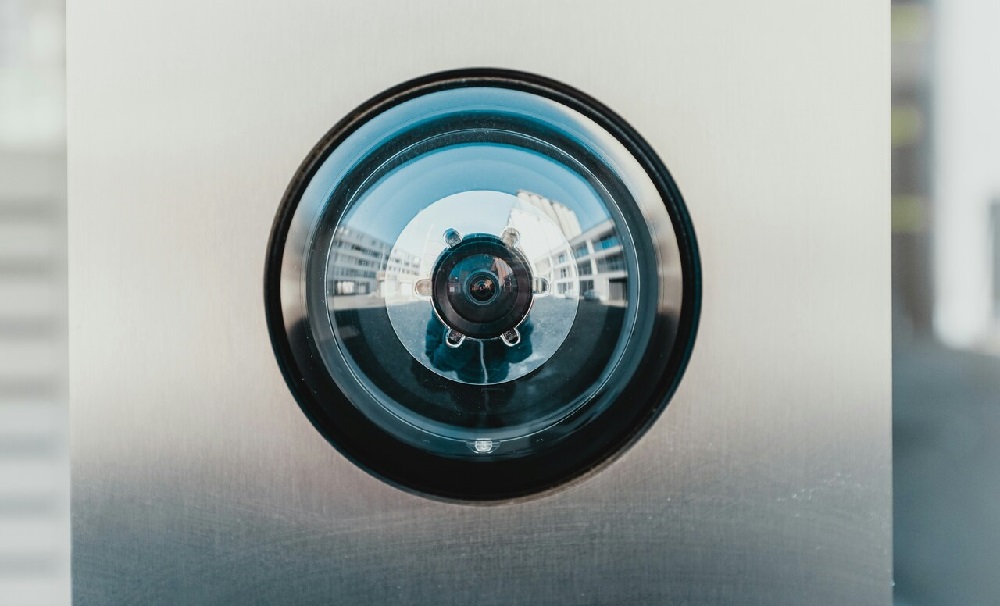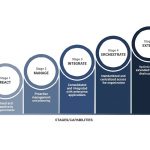The world is currently on a one-way journey towards digitalisation, across all aspects of life.
Computer vision is one of the best examples of the fast developing technologies that have the ability to revolutionise industries.
And, with visual data found everywhere, from photos and videos on social media to satellite imagery, businesses either get on board with it or fall behind their competition. Let’s dive deeper into it.
What is computer vision?
Computer vision, a field of AI (Artificial Intelligence), gives machines the power to “see” and interpret visual data, whether it’s a medical scan or a product photo taken by a customer. For a long time this sounded like a futuristic concept, but it no longer is. Today, we can use this technology in a multitude of practical ways, across a wide range of different sectors. Companies can unlock new ways to improve their customer experience, while also increasing operational efficiency and gaining a competitive advantage. It is fast becoming an essential tool for modern businesses.
Automating and optimising business operations
One of the most significant benefits of computer vision is its ability to automate and optimise various business operations. Many of the repetitive and manual tasks, that are also prone to human error, can now be performed by computers. Not just that, they do it at an incredible speed and accuracy.
For example, in manufacturing, computer vision systems can inspect products on an assembly line, identifying any defective ones (something that humans still often do manually). This is not just far more effective, but also will lead to higher quality products and reduced waste, providing more accurate results than a human eye. The logistics and supply chain sectors, in particular, benefit immensely, as automated systems can track packages and manage inventory all through the power of sight. Such an automation frees up human workers to focus on more complex and strategic tasks, boosting overall productivity of the organisation.

Personalised customer experience
Computer vision is a game-changer for creating personalised and engaging customer experiences. In the retail industry, for example, facial recognition technology allows for innovative features like virtual try-on, where customers can see how clothing or makeup will look on them without having to physically try it on. This is incredible for online shopping, enhancing customer experience and reducing the likelihood of returns. It also makes shopping a lot more accessible to those with disabilities, helping them find the right products easier.
What’s more, companies can analyse this visual data to understand customer preferences and provide personalised product recommendations. It’s a win-win situation, where businesses can increase their revenues through better marketing and user experiences, whereas customers don’t have to deal with generic campaigns that are unrelated to them.
Improving safety and mitigating risks
When it comes to public security, the applications of computer vision are vast and impactful. Advanced surveillance systems are now capable of monitoring large areas in real-time, detecting unusual activities or potential threats. It uses AI-powered technology to recognise real dangers against animal or weather-related movements, minimising the likelihood of fake alarms and, therefore, saving public resources.
In industrial settings, computer vision can monitor workers to ensure they are complying with safety protocols, such as wearing the correct protective gear. It can also identify potentially hazardous situations, like an object obstructing a walkway, and alert personnel to prevent accidents. This helps organisations ensure regulatory compliance and reduces the likelihood of costly incidents.
Which companies provide visual data development services?
A growing number of companies are looking to develop visual data systems for their own use, so how do they go about it? These projects are often complex and require highly specialised knowledge of the technology. So, instead of attempting it in-house, businesses work with third-party partners. Here are some examples:
- Digital Sense: With a team of experts and top tools under their belt, offers custom computer vision solutions for various industries, including entertainment, beauty, AgriTech and more. Amongst their specialties are facial recognition, image and video analysis, object detection as well as OCR & ICR.
- Clarifai: A leading platform for building AI-powered applications, Clarifai provides a comprehensive set of tools for processing and analysing visual data. They offer pre-trained models for a quick start and the ability to create custom models.
- Cognex: With a focus on industrial and manufacturing applications, Cognex offers machine vision systems and sensors for factory automation. Their products are used for tasks like defect detection, barcode reading, robotic guidance and others.
- V7: Specialising in data management and AI training for computer vision applications, this platform provides tools for annotating images and videos, managing datasets, automated document processing and training models.
The future is visual
The message is crystal clear – the world will only continue to be more visual. And, computer vision technology is here to utilise it in an innovative and efficient way, benefiting both businesses and individuals.







